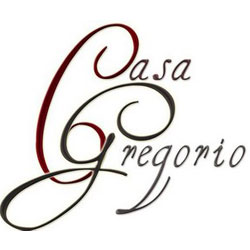Castro dei Volsci is a town in the heart of the Ciociaria, 100 kilometers from Rome, on the Rome-Cassino-Naples railway line. In 1964, the Ministry of Education proclaimed it an area of particular interest to the public for its panoramas of extraordinary beauty and for the considerable significance, both aesthetic and traditional, of the heights of the town. In fact, from the slopes of the ancient tower, where, according to popular tradition, the legendary queen Camilla and her father Metabus took refuge in a cave, it is still possible to admire a varied and evocative spectacle.
On foggy days, one might be on the deck of a ship setting sail on a gray and stormy sea; what seem to be sunny islets are the peaks of nearby hills. When the sky is clear, one stands upon the stage of a gigantic theater: from Palestrina to Cassino, the towns and villages of the valley sit atop the distant mountains as on steps built by the Cyclopes.
On summer nights, the landscape becomes enchanting and one has the impression that the broad starry sky seems to spread itself at one’s feet like a carpet. The inhabited area, on the southern slope of the hill, still maintains intact, with arches, towers and bare stone walls, the appearance of a medieval hamlet, built close around the fortress. The countryside, which extends to the right bank of the river Sacco, is densely populated and studded with charming homes.
The curious visitor, on entering the village, has the impression that here time stands still; he sees little houses of gray stone, close together to lend support to and take warmth from one another, narrow, winding streets with tiled pavements and a piazza so small as to seem a living room and most of all, a silence and calm that nothing to disturb.

Cooking in Ciociaria
A Roman Countryside Culinary holiday in the “New Tuscany”
Ciociaria is the name of a traditional region of Central Italy without a defined border nor historical identity. In the Middle Ages, this region was referred to as Campagna. The local dialect, now known as ciociaro, was earlier referred to as campanino. In more recent times, the term Campagna Romana, or Roman Campagna, a favorite subject of countless painters from all over Europe, has referred to the adjoining region to the north of Ciociaria, but part of the Province of Rome.
The name Ciociaria comes from the primitive footwear of its inhabitants called “ciocie”. These “sandals” were put on by the Latins, that will be identified with the appellative of Ciociari in the following centuries, hence “Ciociaria”; now that kind of shoes are not used in everyday life, but remain as a traditional symbol. They are worn by folk groups members of the province of Frosinone or on the historical feasts.













